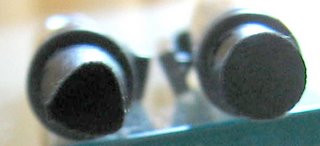Review - 15 Months and counting
Yet, camera sensors still require intermittent cleaning. Surprisingly, I'm still using my original Sensor Klear and it has shown no evidence of failure or complications.
What have I learned to date? The Sensor Klear continues to work reliably and safely. It will never clean the sensor completely and in most cases between 1-5 spots remain visible (depending on the body) after a typical cleaning. These are easily cloned out and appear to be either defects/gunk between the AA filter and the sensor or else are some really tough dirt.
The Sensor Klear also appears to be especially good on oil spots which plagued my Canon 30d. And finally, with continued use, the need for frequent cleanings seems to have diminished.
Overall, my satisfaction with the Sensor Klear continues. It remains the safest, easiest, airplane and eco-friendly method of cleaning camera sensors. Let me know your experiences...









